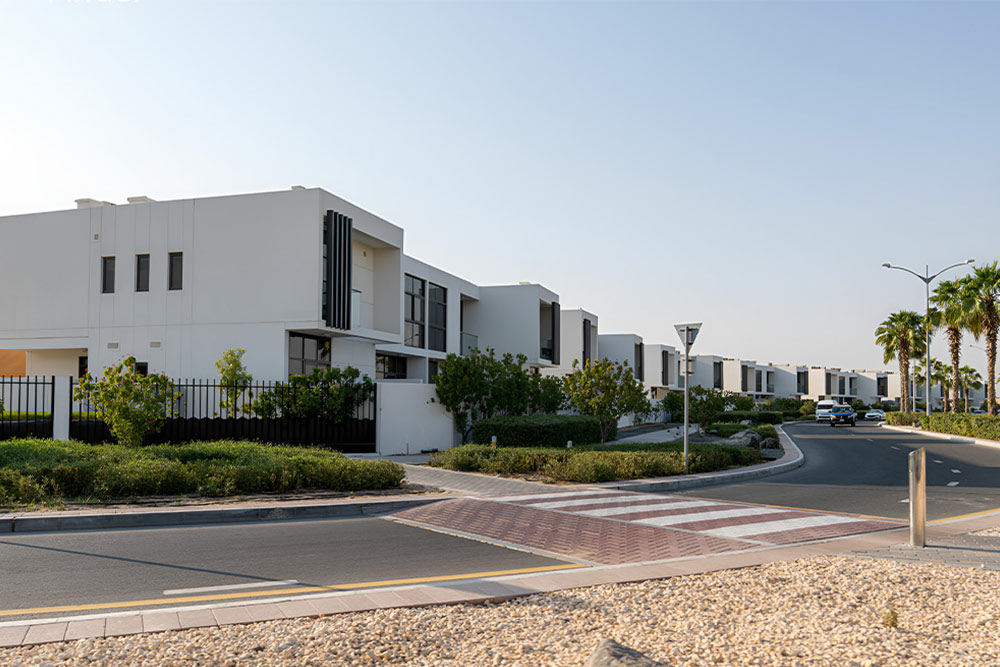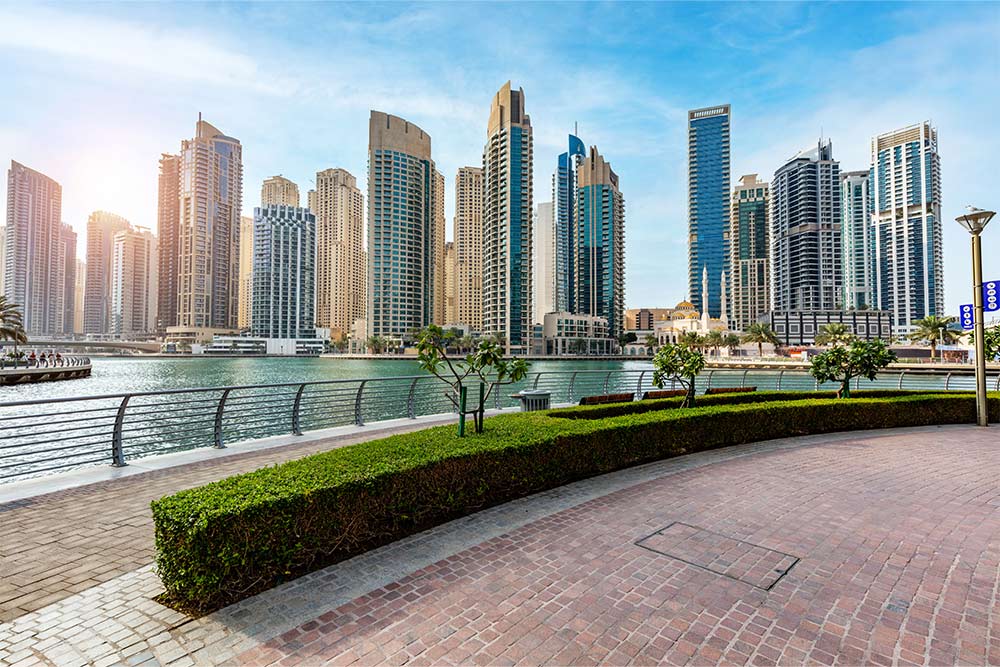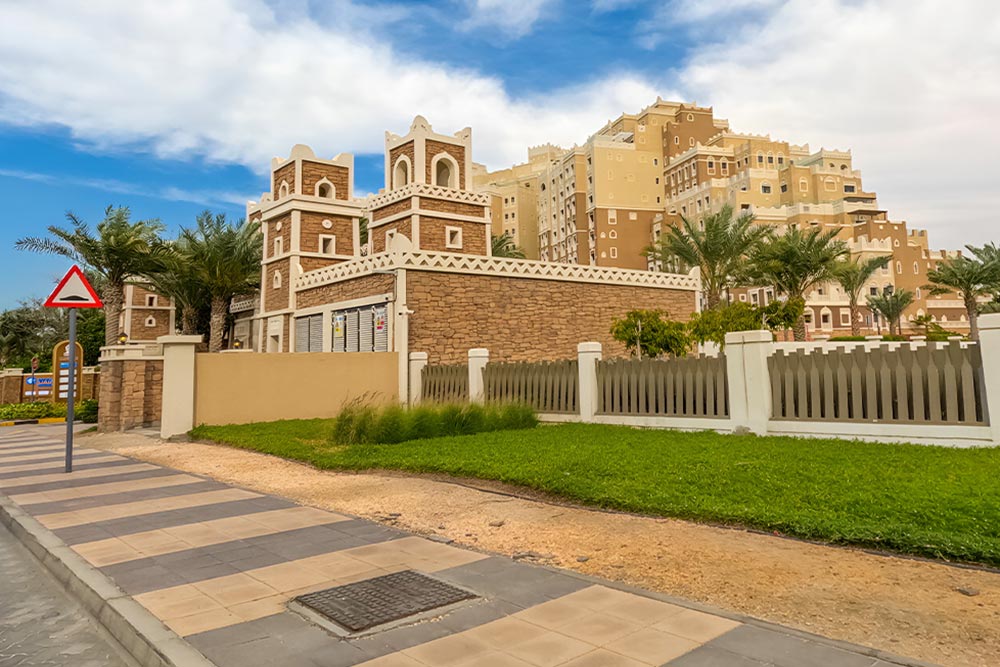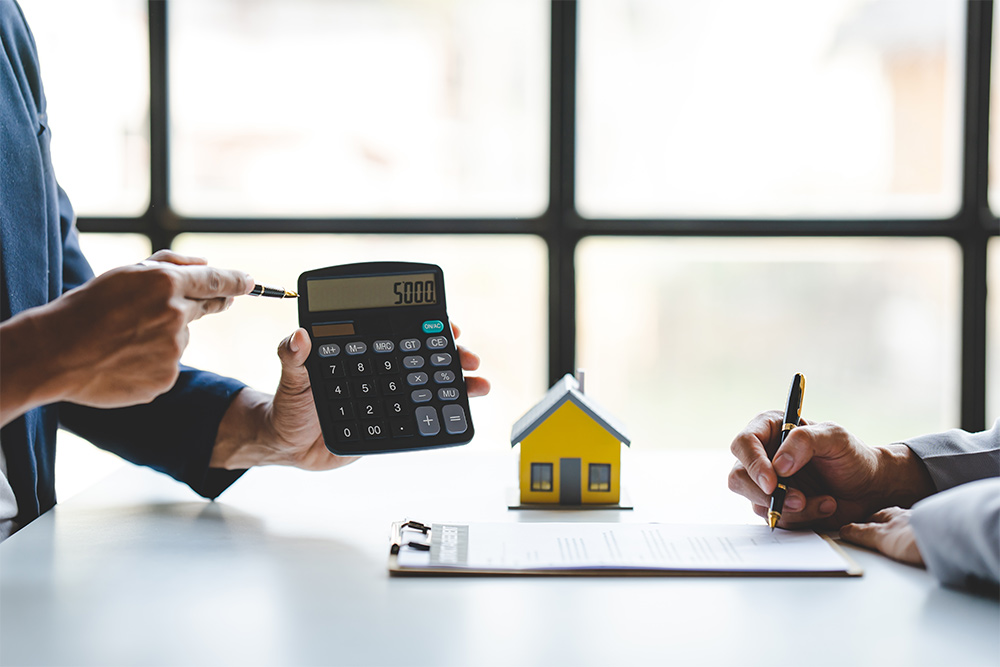How changing interest rates affect mortgage approval in the UAE
How changing interest rates affect mortgage approval in the UAE
![]()
The dynamic financial environment of the UAE means that mortgage approvals are significantly impacted by changes in interest rates. For both residents aiming to purchase their initial home and investors seeking to broaden their real estate holdings, comprehending the effect of interest rate shifts on mortgage eligibility is crucial for successful financing.
Having previously delved into mortgage pre-approvals and the process for non-residents to secure a UAE mortgage, this particular article will concentrate entirely on how interest rate fluctuations impact mortgage approvals in the UAE.
Understanding UAE Mortgage Interest Rates
The UAE’s interest rate landscape is greatly affected by its Central Bank benchmark rate, often changing with the US Federal Reserve. This synchronized movement is due to the US dollar of UAE Dirham’s peg. As a result, when the fed rates increase, the UAE usually does the same. These rate adjustments directly affect the variable home loans and indirectly affect the level of confidence of both debt providers and individuals seeking financing.
![]()
Interest rates on mortgages in the United Arab Emirates may be divided into two categories:
Fixed Rates: These don’t change for a predetermined amount of time, generally one to five years.
Variable rates: Variable rates are subject to change based on the Emirates Interbank Offered Rate, or EIBOR.
As a result, Variable-rate loans have higher monthly repayments as interest rates rise, which can have a big impact on eligibility and affordability.
How Interest Rate Changes Affect Mortgage Approvals in 2025
1. Effect on Debt-to-Income Ratio
A key factor for lenders in the UAE is a borrower’s Debt-to-Income (DTI) ratio – the share of their income committed to debt. Increased interest rates mean higher monthly payments, which can easily push DTI ratios above the acceptable level. This frequently brings about:
- Lower loan amounts available
- Rejecting applications that are borderline
Tips: To get the lowest mortgage rates in Dubai, it might be helpful to check our top advice if you’re not sure if you qualify.
2. Evolving Trends in Lending Risk
An increase in interest rates typically leads to heightened risk aversion among lenders. This trend is particularly pronounced for:
- Self-employed applicants
- Non-residents
- Buyers of off-plan or non-prime properties
When interest rates climb, financial institutions usually become more rigid with their debt approval procedures. It often translates into a more challenging scenario for homeowners to obtain hostage financing. Individuals who rely on low traditional income currents may find this particularly difficult. These developed lending standards require a clear understanding in search of the bank to navigate.
For example, self-employed individuals or people with freelance contracts may face additional investigation compared to long-term company recorded salaried employees. Lenders are mainly concerned with the stability and forecast of income when assessing mortgage applications. For example, the documentation becomes even more important during the period of continuous earnings and a strong financial history that proves a strong financial history.
It is necessary to understand the nuances of hostage eligibility in the United Arab Emirates, especially when considering the difference between borrowed options for residents and non-residents. Each group faces various requirements and ideas about income verification, credit and regulatory structure. To go deep into these specific criteria and detect your options, we encourage you to read our broad guides on a UAE hostage for both residents and non-residents. Being informed is important to successfully achieve the dreams of your property in a dynamic market.
3. Reduced LTV Limits: Impact on Mortgage Approval
Even with the updated mortgage regulations of Dubai, AED can significantly affect borrowing practices, in comprehensive economic climate, especially increasing interest rates, especially in increasing interest rates. Financial institutions, despite working within these permissible thresholds, often take a more cautious stance during a period of increased lending costs. This increased conservatism is not necessarily a violation of rules, but a strategic adjustment to reduce risk.
For potential homebuilders, this change may appear in many ways. Banks can tighten their internal credit scoring criteria, requiring a strong financial profile from the applicants. Down payment expectations may grow subtle, even if it is not clearly mandatory by the law, as the lenders want to reduce their risk. In addition, the approval process itself can be more rigid, with an applicant’s income stability, debt-to-income ratio and a deep dive in overall financial health. It translates into a landscape, where the official LTV cap provides a guideline, securing a mortgage may demand more strong financial preparations than the expats than the regulatory structure alone. This underlines the importance of a comprehensive financial assessment and potentially diverse financing options discovery when navigating the dynamic property market of Dubai.
- Reduced LTVs in actual use
- Increased requirements for a down payment
First-time homebuyers and investors are Both feeling the pinch of these stricter measures, a situation especially true for those interested in luxury or secondary residences.
4. Approval Delays and Withdrawals
During the period of increase in significant interest rates, banks can first cancel the approved loan offer if their validity period ends. This often occurs in conditions where the market situation changes rapidly, making the initial conditions unnecessary or very risky for the financial institution. Borrowers should be aware of the expiration date of the proposal, as the delay may refund the suited conditions, potentially requiring a new application under high rates. This policy helps banks to reduce the risks related to ups and downs in the economic environment. This is particularly common in cases of:
- Delayed property transfers
- Long decision-making cycles by buyers
5. Why Property Buyers Are Facing More Competition
High interest rates affect a person’s borrowing capacity, leading to a small pool of potentially potential buyers. Conversely, this very situation can accelerate competition between financial institutions, driving them to carry on more compelling lending proposals. ASTUTE borrower is well deployed to find beneficial conditions by fully evaluating available deals or using the services of a qualified mortgage broker. This smart approach ensures that even in the environment of increased lending costs, individuals can still secure profitable financing for their property investment.
If you’re thinking about making an overseas investment, find out how to get a Dubai mortgage as a non-resident.
How Interest Rate Changes Affect Mortgage Approvals in 2025
What Can You Do?
If you’re concerned about rising rates:
- Lock in fixed-rate mortgages while rates are still reasonable
- Get pre-approved before rate changes take effect
- Pay down other debts to improve your DTI
- Explore developer financing options, which are sometimes immune to market rate changes
And for those curious about multiple mortgages, you may want to read our deep-dive on whether you can have two mortgages on one property in Dubai.
Interest rates are a major force behind mortgage approval decisions in the UAE. They impact everything from the size of the loan to the type of mortgage you’re eligible for. By staying informed and proactive, you can navigate these changes to your advantage.
nd costlier, leading banks to tighten approval criteria, reduce LTV ratios, and scrutinize applicants more thoroughly



